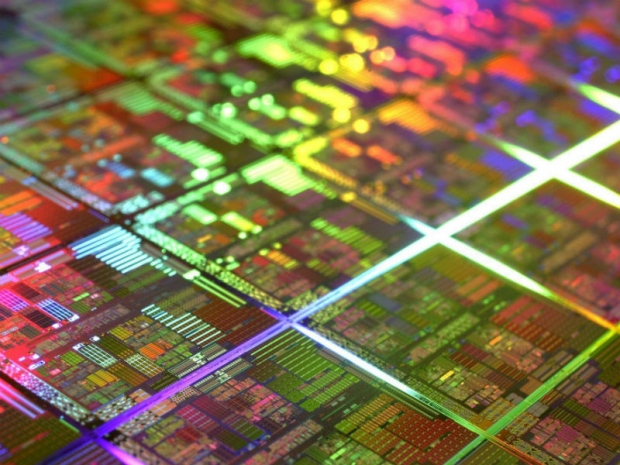In a recent note, Freedman wrote:
“Based on conversations with management at Nvidia’s Analyst Day as well as Nvidia’s recent 10-K, we believe Nvidia now uses Samsung as a foundry supplier in addition to TSMC. We also believe there is a potential for Nvidia to use Intel as a foundry. While we continue to believe that TSMC has the majority of Nvidia’s wafers for CY2015 and probably CY2016 as well.”
Freedman also argued that Nvidia could lose some Intel royalty payments in 2017, which could explain why Nvidia would try using Intel as a foundry. A potential decision to distance itself from TSMC would present an opportunity for alternative foundries such as Intel and Samsung, argued Freedman.
“Nvidia would be opening up a $1.7 billion foundry revenue stream to suppliers from whom they are seeking royalty revenues,” wrote Freedman. “Nvidia could be set up in a powerful position as they could dangle the $1.7 billion foundry “carrot on a stick” to increase the likelihood of collecting future royalty revenue streams from Samsung and/or Intel.”
However, for the time being Nvidia remains committed to TSMC and will in all likelihood use the Taiwanese foundry’s 16FF and 16FF+ nodes for future products over the next two years, potentially a bit longer, as production would have to be phased out gradually and Nvidia would likely have to keep building parts on legacy nodes until all are phased out.




